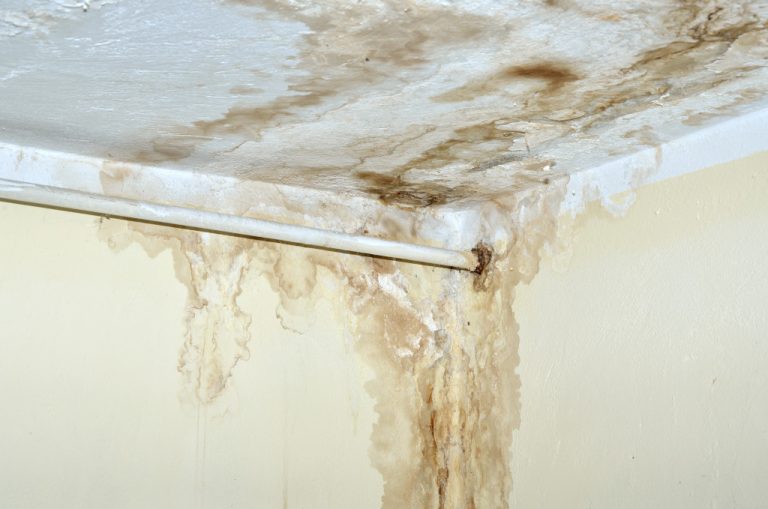- Mold growth is a common problem that can cause health and property damage.
- It needs moisture, organic materials, warm temperatures, and forming time.
- It can cause respiratory problems, allergies, headaches, and more.
- High humidity levels should be reduced to prevent mold growth.
- Invest in moldings, dehumidifiers, ventilation systems, and regular cleaning to reduce the risk of mold growth.
Mold growth is one of the common problems encountered by most homeowners. It can not only harm your property but can also affect your family’s health. Mold can cause respiratory problems, allergies, and even deadly serious illnesses. Some may think that mold can only affect individuals with preexisting health conditions. However, anyone can be susceptible to the harmful effects of mold. Here’s what you need to know about molds, how they can affect your family, and renovation options to reduce mold growth in your home.
How do Molds Form?
Mold can form on floors when certain conditions are present. Mold is a type of fungus that thrives in damp and humid environments. Here’s a general explanation of how mold can form on floors:
- Moisture source: Mold needs moisture to grow, so excess moisture is usually the leading cause. Familiar sources of moisture on floors include water leaks, plumbing issues, flooding, or high humidity levels.
- Organic matter: Mold requires organic materials to feed on. These organic materials can be found on floors in dust, dirt, food crumbs, or other organic debris accumulating on the surface.
- Lack of ventilation: Poor ventilation can contribute to higher humidity levels and reduced air circulation, creating an environment conducive to mold growth. This can occur in bathrooms, basements, or poorly ventilated rooms.
- Temperature: Mold tends to grow in a temperature range of 77 to 86 degrees Fahrenheit (25 to 30 degrees Celsius). If the temperature is within this range, it can facilitate mold growth on floors.
- Time: Given the right conditions, mold spores can settle and begin to multiply over time. Mold spores are present in the air both indoors and outdoors, and they can easily land on floors and other surfaces.
Once mold spores land on a floor meeting the necessary conditions, they form colonies. Mold colonies often appear as discolored patches on the floor’s surface, ranging from black, green, or brown to white or yellow.
Molds and Your Family Life
Mold can affect your family in various ways. Here are some of those ways:

Respiratory Problems
Mold is known to cause respiratory problems, especially in individuals who suffer from asthma or other respiratory conditions. The spores released by the mold can trigger asthma attacks or cause other respiratory symptoms like coughing, wheezing, and shortness of breath. Mold can exacerbate the symptoms of individuals who already suffer from these conditions.
Allergies
Mold allergies are also common among individuals who are sensitive to mold spores. Mold allergy symptoms include sneezing, runny nose, itchy eyes, and skin rashes. For people with severe mold allergies, contact with mold spores can result in life-threatening reactions.
Headaches
Another way mold can affect your family’s life is by causing headaches. Mold exposure can trigger tension headaches, migraines, and other headaches. The mycotoxins produced by certain types of mold can also cause headaches, nausea, and fatigue.
Damage to Property
Mold can grow on different surfaces, including walls, carpets, furniture, and clothing. The mold growth on these surfaces can cause extensive damage to your property. If mold is left untreated, it can cause structural damage to your home and even make your property uninhabitable.
Psychological Effects
Living in a mold-infested area can also cause psychological effects on your family members. The smell of mold can cause anxiety, stress, and even depression. It can affect your mood, behavior, and overall quality of life.
Renovation Options For Reduced Mold Growth
Thankfully, there are some ways you can reduce mold growth in your home. Here are four ways you can do that:

Install Moldings
Moldings are resilient trims resistant to moisture, reducing mold growth. If your floors are prone to moisture consider installing robust floor moldings to ensure molds won’t grow around the area. This can help prevent mold growth on your feet.
Reduce Humidity Levels
High humidity levels can cause moisture to accumulate on surfaces, allowing molds to form and thrive. Investing in a dehumidifier or air conditioner can reduce the humidity level in your home, thus eliminating one of the conditions necessary for mold growth.
Ventilate Your Home
Proper ventilation removes excess moisture from your home and prevents mold growth. If possible, open windows and doors and ensure all your rooms are adequately ventilated. Consider installing bathroom or attic fans to increase air circulation throughout your home.
Clean Regularly
Cleaning regularly will help you eliminate any organic debris that may provide food sources for molds. Vacuum and dust regularly, and pay special attention to areas prone to moisture or humidity.
Mold growth can be a severe problem for homeowners, but there are steps you can take to reduce the risk of mold growing in your home. If you notice mold on your floors, it’s essential to identify and address the cause immediately. Investing in moldings, dehumidifiers, proper ventilation, and regular cleaning can help prevent future mold growth in your home. Taking these steps can help keep your family safe from harmful molds and protect your property from damage caused by mold infestations.



